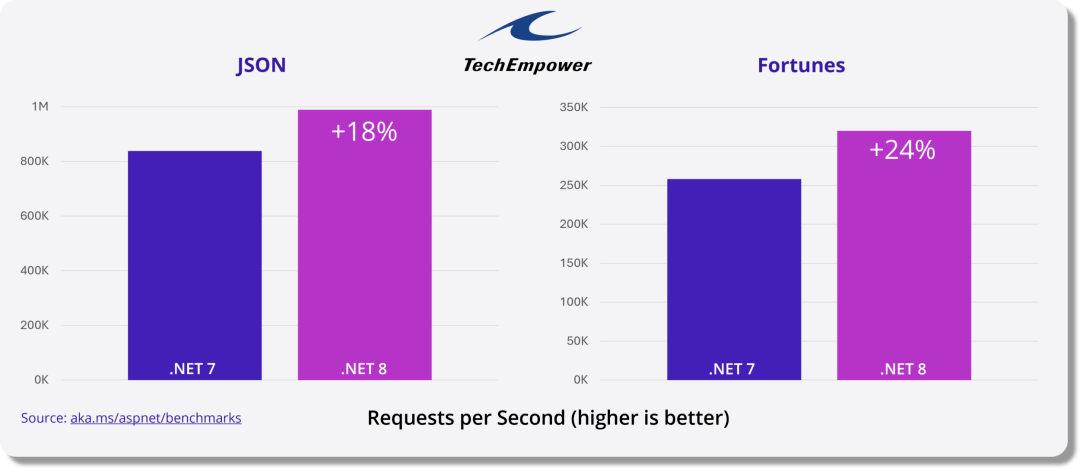探索.NET中的定时器:选择最适合你的应用场景

概述:.NET提供多种定时器,如
System.windows.Forms.Timer适用于UI,System.Web.UI.Timer用于Web,System.Diagnostics.Timer用于性能监控,System.Threading.Timer和System.Timers.Timer用于一般定时任务。在.NET 6及以上,还有更直观的System.Threading.PeriodicTimer。选择合适的定时器,提升应用性能和用户体验。
今天看到一网友聊.net中的定时器,我也把我知道和大家分享一下。 在.NET中,有多种定时器的实现,每一种都有其特定的应用场景和特点。下面将分别介绍这几种定时器,并提供相应的实例源代码。
1. System.Windows.Forms.Timer
应用场景: 适用于Windows Forms应用程序中需要与UI线程交互的场景。
特点: 在UI线程中工作,可以直接访问和操作UI控件。
实例:
using System;
using System.Windows.Forms;
public class MAInForm : Form
{
private Timer timer;
public MainForm()
{
// 创建定时器,每秒触发一次
timer = new Timer();
timer.Interval = 1000;
timer.Tick += TimerTick;
// 启动定时器
timer.Start();
}
private void TimerTick(object sender, EventArgs e)
{
// 在UI线程中更新UI
label1.Text = "定时器触发时间:" + DateTime.Now;
}
static void Main()
{
Application.Run(new MainForm());
}
}
2. System.Windows.Threading.DispatcherTimer
应用场景: 适用于WPF应用程序中需要与UI线程交互的场景。
特点: 基于WPF的 Dispatcher,可直接访问和操作UI控件。
实例:
using System;
using System.Windows;
using System.Windows.Threading;
public partial class MainWindow : Window
{
private DispatcherTimer timer;
public MainWindow()
{
// 创建定时器,每秒触发一次
timer = new DispatcherTimer();
timer.Interval = TimeSpan.FromSeconds(1);
timer.Tick += TimerTick;
// 启动定时器
timer.Start();
}
private void TimerTick(object sender, EventArgs e)
{
// 在UI线程中更新UI
label1.Content = "定时器触发时间:" + DateTime.Now.ToString("HH:mm:ss");
}
static void Main()
{
Application app = new Application();
app.Run(new MainWindow());
}
}
3. System.Web.UI.Timer
应用场景: 适用于ASP.NET Web应用程序中,用于在Web页面上执行定时操作。
特点: 在Web页面的服务器端运行,适用于Web Forms。
实例:
ASP.NET Web Forms中在aspx页面的代码:
<%@ Page Language="C#" AutoEventWireup="true" CodeFile="Default.aspx.cs" Inherits="_Default" %>
<!DOCTYPE html>
<html xmlns="http://www.w3.org/1999/xhtml">
<head runat="server">
<title></title>
</head>
<body>
<form id="form1" runat="server">
<asp:ScriptManager runat="server" />
<asp:UpdatePanel runat="server">
<ContentTemplate>
<asp:Label ID="Label1" runat="server" Text="定时器触发时间:" />
<asp:Timer ID="Timer1" runat="server" Interval="1000" OnTick="TimerTick"></asp:Timer>
</ContentTemplate>
</asp:UpdatePanel>
</form>
</body>
</html>
对应的代码文件 Default.aspx.cs:
using System;
public partial class _Default : System.Web.UI.Page
{
protected void TimerTick(object sender, EventArgs e)
{
// 在服务器端更新UI
Label1.Text = "定时器触发时间:" + DateTime.Now.ToString("HH:mm:ss");
}
}
4. System.Diagnostics.Timer
应用场景: 适用于性能计数器的定时器,用于性能监控和测量。
特点: 基于性能计数器的定时器。
实例:
using System;
using System.Diagnostics;
class Program
{
static void Main()
{
// 创建定时器,每秒触发一次
Timer timer = new Timer(1000);
// 定时器触发事件
timer.Elapsed += TimerElapsed;
// 启动定时器
timer.Start();
// 阻止程序退出
Console.ReadLine();
}
static void TimerElapsed(object sender, ElapsedEventArgs e)
{
Console.WriteLine("定时器触发时间:" + e.SignalTime);
}
}
5. System.Timers.Timer
应用场景: 适用于需要在一定时间间隔内重复执行任务的场景,如定时数据采集、日志记录等。
特点: 基于事件触发机制,可在多线程环境中使用,但注意处理线程同步。
实例:
using System;
using System.Timers;
class Program
{
static void Main()
{
// 创建定时器,每秒触发一次
Timer timer = new Timer(1000);
// 定时器触发事件
timer.Elapsed += TimerElapsed;
// 启动定时器
timer.Start();
// 阻止程序退出
Console.ReadLine();
}
static void TimerElapsed(object sender, ElapsedEventArgs e)
{
Console.WriteLine("定时器触发时间:" + e.SignalTime);
}
}
6. System.Threading.Timer
应用场景: 适用于需要在一定时间间隔内执行任务,但不需要与UI线程交互的场景,如后台任务的调度。
特点: 基于线程池,不依赖于UI线程,需要注意线程同步和异常处理。
实例:
using System;
using System.Threading;
class Program
{
static void Main()
{
// 创建定时器,每秒触发一次
Timer timer = new Timer(TimerCallback, null, 0, 1000);
// 阻止程序退出
Console.ReadLine();
}
static void TimerCallback(object state)
{
Console.WriteLine("定时器触发时间:" + DateTime.Now);
}
}
7. System.Threading.PeriodicTimer (需要.NET 6及以上版本)
应用场景: 适用于需要定期执行任务的场景,替代 System.Threading.Timer。
特点: .NET 6及以上版本引入的新型定时器,提供更直观的API和更稳定的性能。
实例:
using System;
using System.Threading;
class Program
{
static void Main()
{
// 创建定时器,每秒触发一次
using (PeriodicTimer timer = new PeriodicTimer(TimeSpan.FromSeconds(1)))
{
// 定时器触发事件
timer.Elapsed += TimerElapsed;
// 启动定时器
timer.Start();
// 阻止程序退出
Console.ReadLine();
}
}
static void TimerElapsed(object sender, EventArgs e)
{
Console.WriteLine("定时器触发时间:" + DateTime.Now);
}
}
这些定时器各自适用于不同的场景,选择合适的定时器取决于你的具体需求和应用程序类型。
在使用定时器时,请注意处理好线程同步、资源释放等问题,以确保应用程序的稳定性和性能。

























